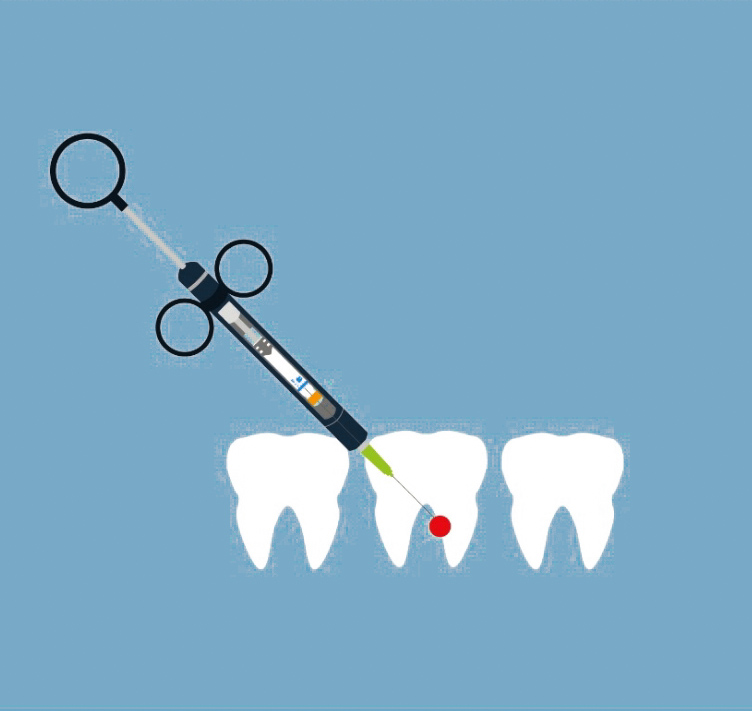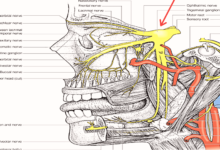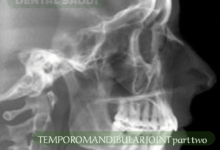
تتضمن الخطوط الإرشادية العامة للحقن الآمن وغير المؤلم ما يلي:
إجراءات الحقن الأساسية هي
- استخدام إبرة معقمة وحادة.
- استخدم مقياسًا مناسبًا وطول الإبرة المناسب لموقع الحقن
- تحقق من تدفق محلول التخدير عن طريق طرد بضع قطرات من محلول التخدير الموضعي من الخرطوشة.
- يجب حفظ السلاح وخرطوشة التخدير في درجة حرارة الغرفة.
- ويجب أن يكون المريض متكئاً بشكل مريح، لتقليل حدوث الإغماء (الرأس موازي للقلب والقدمان مرفوعتان قليلاً).
- استخدم الشاش لتجفيف منطقة الحقن.
- تواصل مع المريض في هذا الوقت بأنك تتخذ خطوات للتأكد من أن الإجراء سيكون مريحًا قدر الإمكان.
- ضع مطهرًا موضعيًا باستخدام أداة قطنية لتقليل حدوث العدوى.
- Use Betadine or Merthiolate , not one containing alcohol because it can irritate the tissues .
- Apply topical anesthetic to the area of tissue penetration with cotton tipped applicator .
- Keep the applicator in place for two minutes to allow the topical anesthetic time to take effect .
- Explain to the patient at this time about the topical gel , how it anesthetizes the area and makes the procedure more comfortable .
- Use positive terms like anesthetic , comfortable , and procedure rather than Novocaine , pain, or shot .
- Try not to make promises that are unreasonable like ” You won’t feel anything ” or ” This will not hurt
- have the armamentarium behind the patient and passed out of the field of vision
- Pull the tissue as taut as possible .
- Use a firm hand rest and move with purpose .
- Penetrate the tissue up to the end of the bevel . Watch the patient for signs of discomfort and slowly deposit a drop or two of anesthetic
- Advance the needle slowly to the target depth and deposit a few drops of anesthetic as you go.If you approach bone , make sure to deposit a few drops of anesthetic and wait a few seconds because this area is highly innervated .
- Aspirate : Draw the plunger ring back just a few millimeters to produce negative pressure withinthe cartridge.If blood is visible in the cartridge , withdraw the needle slightly and aspirate again .If there is no visible blood , deposit a few drops of anesthetic and aspirate again . If still negative , slowly deposit more anesthetic Slow depositing of the anesthetic keeps the tissues in the area from tearing and reduces postoperative discomfort .Deposit about 1/4 of the required dose , then aspirate again. Continue aspirating and depositing until the desired dose is administered
- Slowly withdraw the needle
- Be careful while recapping the needle and use a proper technique .
- Make sure that some one stays in the room with the patient to observe any adverse reaction to the anesthetic.
- أدخل نوع المخدر المستخدم، وتركيز مضيق الأوعية، وكمية المحلول الذي تم إعطاؤه، وما هي إبرة القياس المستخدمة، ونوع طريقة الحقن المستخدمة ورد فعل المريض في مخطط المريض.





